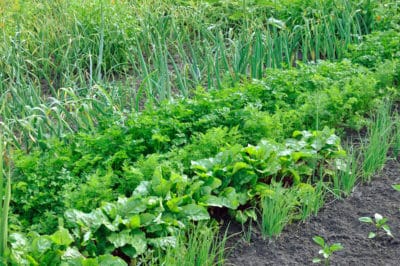What is Companion Planting?
Plants secrete substances that may help or hinder the plants growing around them or planted in the same bed in the next season. Walnuts, for example, are well known to hinder plants grown in their root zones. Companion planting tries to take advantage of this knowledge to increase harvests, improve taste or decrease insect damage.
Growing Conditions
When interplanting companion plants, make sure they have similar nutrient, soil and water needs. beets prefer:
- A pH of 6.0 to 6.8.
- Nutrient-rich soil, that’s rich in phosphorus.
- Steady moisture in the soil.
- Soil that is not overly rich in nitrogen.
Vegetable Companions for Beets
When interplanted with other vegetables, beets may grow better, taste better or have less insect damage. Experienced gardeners recommend interplanting beets with asparagus, lettuce and onions. Cole crops like broccoli, cauliflower, Brussels sprouts and kohlrabi are also good companion vegetables for beets. Beets interplanted with bush beans may benefit from the extra nitrogen in the soil.
Flower Companions for Beets
Flowers are typically interplanted with beets to discourage insects, especially in organic gardens. Marigold has been shown to repel root nematodes in the soil; the effect lasts for one or more years. Nasturtium, cosmos and calendula are often used to attract pests away from vegetables or to feed pollinator insects or predators. Sweet alyssum is another flower that is often used as a companion – it attracts and feeds bees.
Herb Companions for Beets
Many herbs have a long tradition as companion plants. Some of these – like garlic chives – are perennials, so you might want to grow them in pots rather than the garden bed. Interplant your beets with dill, borage, basil and oregano. Mint can be invasive – keep it in a pot. Lavender becomes a large plant, but can be kept smaller with pruning.
Possible Antagonists
Just as some plants can help your beets along, others may hinder growth. Although bush beans and beets are happy together, beets don’t like to be grown with pole beans. Beets generally don’t do well in the same bed as mustard – or with its wilder relative charlock, or field mustard. Chard is related to beets and may use up nutrients or spread pests.
Experiment
None of these companion planting recommendations are cast in stone. Garden and climate conditions vary, so what works in your organic garden might not work for the neighbor who uses commercial fertilizer. Experiment to see what companions work best for your beets.
